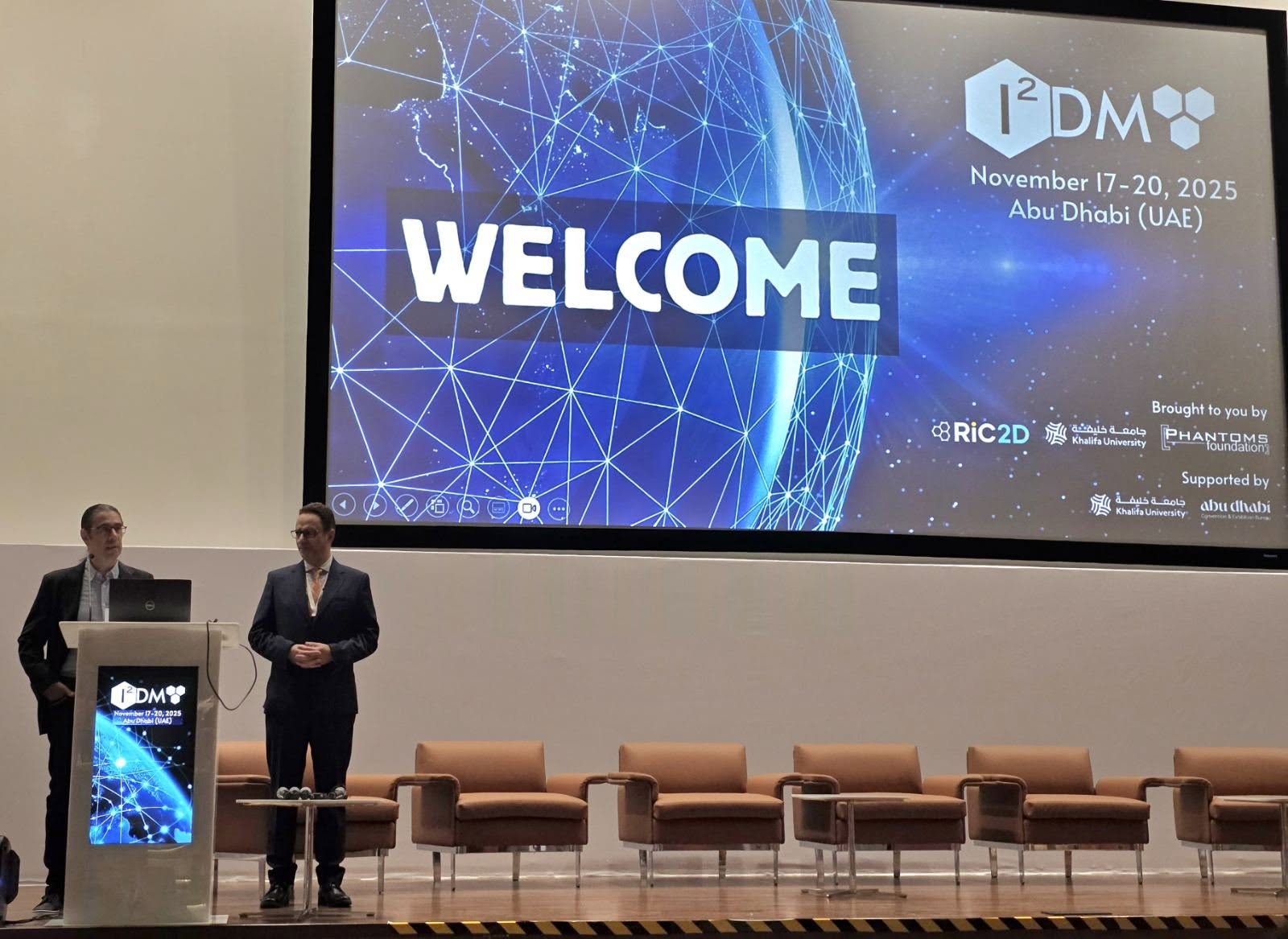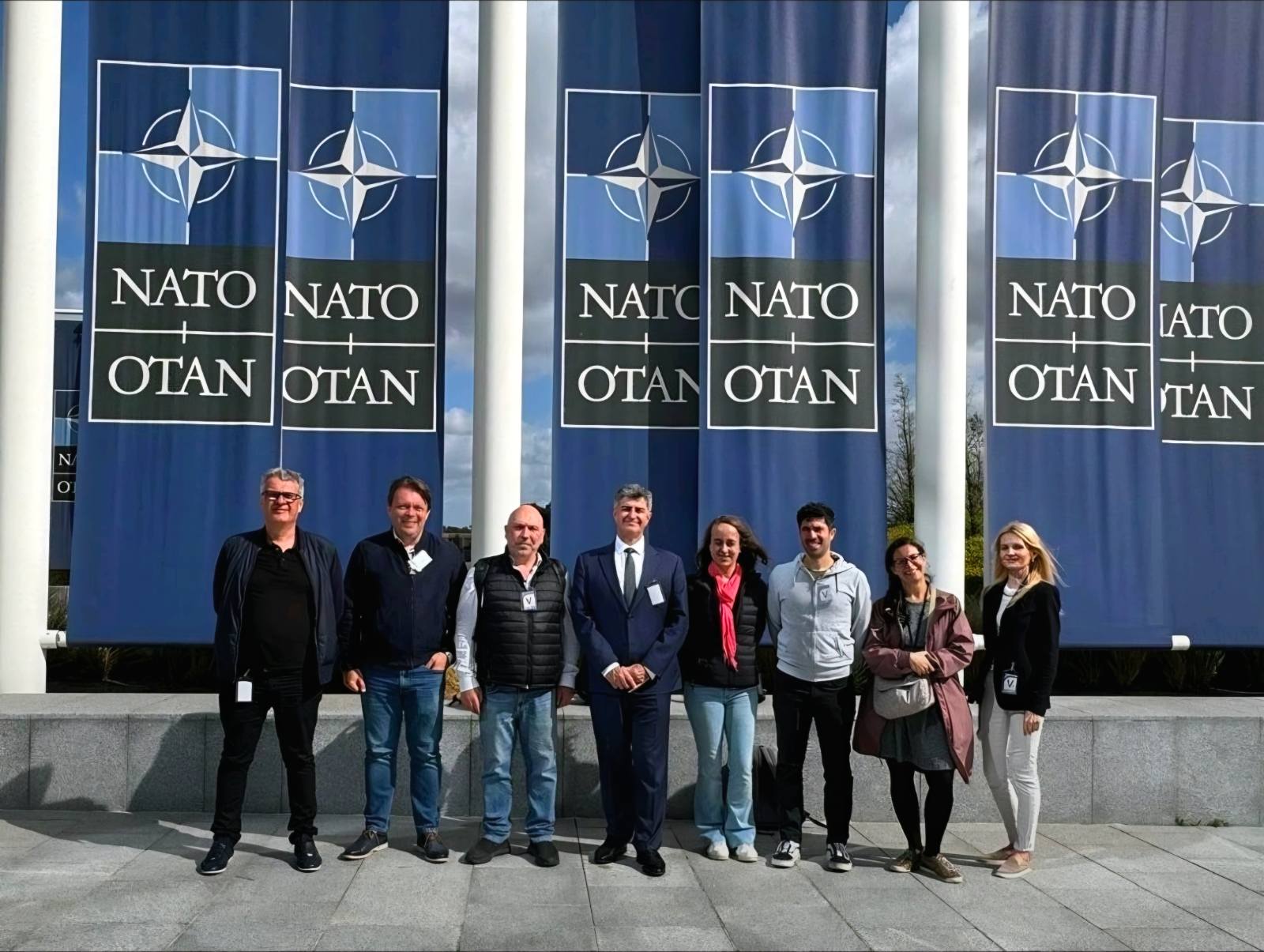| Rus | Eng |

It was love at first sight for Yury Gogotsi. Hooked on chemistry since his earliest high school classes, a young Yuri followed his passion into the field of metallurgy, steering toward the synthesis and characterization of new materials to earn a doctorate in physical chemistry from what was then known as Kiev Polytechnic (currently, Igor Sikorsky National Technical University of Ukraine).
Finding a faculty position in the US while working as a post-doc in Europe was one of the greatest challenges of Gogotsi’s career. Eventually, though, patience and hard work paid off, and his earlier studies of non-oxide ceramics and carbon materials set the focus for his own research group at Drexel University, where he currently holds a Charles T. and Ruth M. Bach Distinguished University Professorship in materials science and engineering. Since 2000, his group has been leading advances in our understanding of carbon nanomaterials – including graphene, nanotubes, nanodiamond, and nanoporous carbons – as well as 2D carbides and nitrides (especially MXenes and BN).
Gogotsi feels that the greatest recent step in the field of materials science was the discovery of new 2D materials, the “building blocks of the future”
He is very enthusiastic about the use of nanotechnology to generate “new artificial materials, structures and devices from nanoscale building blocks” and the increased application of “modeling, simulation, and machine learning for solving materials science problems”, though he admits concern regarding the unknown effects that artificial intelligence will have on our future lives. He is also conscious of the energy required for computation and the importance of exploiting renewable resources to develop new technologies – ones that reduce energy consumption. “We need revolutionary discoveries here,” he says. “Evolutionary development won’t be enough.”
A major focus of his group’s work is electrochemical energy storage, and he has produced several seminal works on the topic in collaboration with Patrice Simon (Université Paul Sabatier). Gogotsi points out the many opportunities for international cooperation created since the formation of the EU, the fall of the Soviet empire, and the opening of China, but pauses to question the influence of politics on emerging collaborations. He also believes that universities are not doing enough to support scientific discovery right from the beginning of what he calls the “life-long learning process”, only teaching the dry basics and failing to properly engage students or to help people appreciate the role of science in society.
Science is indeed something that gets into your blood: the failure of others to appreciate the excitement of discovery must be particularly difficult for him to identify with. “I cannot imagine doing anything else,” Gogotsi says of his chosen career. His own advice to students? “There are no dogmas in science – challenge everything.”
Be inspired by MXenes: read the outstanding and freely accessible review of their electronic and optical properties by Hantanasirisakul and Gogotsi in the Advanced Materials Hall of Fame virtual issue, and see how his group is using them for paper-based energy storage.
Source: https://www.advancedsciencenews.com/hall-of-fame-highlight-yuri-gogotsi/
_________________________________________
Electronic and Optical Properties of 2D Transition Metal Carbides and Nitrides (MXenes)
Kanit Hantanasirisakul, Yury Gogotsi ⁄ Advanced Materials ⁄ First Published: 19 November 2018
Direct Writing of Additive‐Free MXene‐in‐Water Ink for Electronics and Energy Storage
Evan Quain, Tyler S. Mathis, Narendra Kurra, Kathleen Maleski, Katherine L. Van Aken, Mohamed Alhabeb, Husam N. Alshareef , Yury Gogotsi
Advanced Materials ⁄ First published: 05 September 2018 ⁄ https://doi.org/10.1002/admt.201800256



 Highlights
Highlights We are excited to share that our Carbon-Ukraine (Y-Carbon LLC) company participated in the I2DM Summit and Expo 2025 at Khalifa University in Abu-Dhabi! Huge thanks to Research & Innovation Center for Graphene and 2D Materials (RIC2D) for hosting such a high-level event.It was an incredible opportunity to meet brilliant researchers and innovators working on the next generation of 2D materials. The insights and energy from the summit will definitely drive new ideas in our own development.
We are excited to share that our Carbon-Ukraine (Y-Carbon LLC) company participated in the I2DM Summit and Expo 2025 at Khalifa University in Abu-Dhabi! Huge thanks to Research & Innovation Center for Graphene and 2D Materials (RIC2D) for hosting such a high-level event.It was an incredible opportunity to meet brilliant researchers and innovators working on the next generation of 2D materials. The insights and energy from the summit will definitely drive new ideas in our own development. Carbon-Ukraine team had the unique opportunity to visit XPANCEO - a Dubai-based deep tech startup company that is developing the first smart contact lenses with AR vision and health monitoring features, working on truly cutting-edge developments.
Carbon-Ukraine team had the unique opportunity to visit XPANCEO - a Dubai-based deep tech startup company that is developing the first smart contact lenses with AR vision and health monitoring features, working on truly cutting-edge developments. Our Carbon-Ukraine team (Y-Carbon LLC) are thrilled to start a new RIC2D project MX-Innovation in collaboration with Drexel University Yury Gogotsi and Khalifa University! Amazing lab tours to project collaborators from Khalifa University, great discussions, strong networking, and a wonderful platform for future collaboration.
Our Carbon-Ukraine team (Y-Carbon LLC) are thrilled to start a new RIC2D project MX-Innovation in collaboration with Drexel University Yury Gogotsi and Khalifa University! Amazing lab tours to project collaborators from Khalifa University, great discussions, strong networking, and a wonderful platform for future collaboration.
 MXenes potential applications include sensors, wound healing materials, and drug delivery systems. A recent study explored how different synthesis methods affect the safety and performance of MXenes. By comparing etching conditions and intercalation strategies, researchers discovered that fine-tuning the surface chemistry of MXenes plays a crucial role in improving biocompatibility. These results provide practical guidelines for developing safer MXenes and bring the field one step closer to real biomedical applications.
MXenes potential applications include sensors, wound healing materials, and drug delivery systems. A recent study explored how different synthesis methods affect the safety and performance of MXenes. By comparing etching conditions and intercalation strategies, researchers discovered that fine-tuning the surface chemistry of MXenes plays a crucial role in improving biocompatibility. These results provide practical guidelines for developing safer MXenes and bring the field one step closer to real biomedical applications. An excellent review highlighting how MXene-based sensors can help tackle one of today’s pressing environmental challenges — heavy metal contamination. Excited to see such impactful work moving the field of environmental monitoring and sensor technology forward!
An excellent review highlighting how MXene-based sensors can help tackle one of today’s pressing environmental challenges — heavy metal contamination. Excited to see such impactful work moving the field of environmental monitoring and sensor technology forward!
 Carbon-Ukraine team was truly delighted to take part in the kickoff meeting of the ATHENA Project (Advanced Digital Engineering Methods to Design MXene-based Nanocomposites for Electro-Magnetic Interference Shielding in Space), supported by NATO through the Science for Peace and Security Programme.
Carbon-Ukraine team was truly delighted to take part in the kickoff meeting of the ATHENA Project (Advanced Digital Engineering Methods to Design MXene-based Nanocomposites for Electro-Magnetic Interference Shielding in Space), supported by NATO through the Science for Peace and Security Programme. Exellent news, our joint patent application with Drexel University on highly porous MAX phase precursor for MXene synthesis published. Congratulations and thanks to all team involved!
Exellent news, our joint patent application with Drexel University on highly porous MAX phase precursor for MXene synthesis published. Congratulations and thanks to all team involved! Our team was very delighted to take part in International Symposium "The MXene Frontier: Transformative Nanomaterials Shaping the Future" – the largest MXene event in Europe this year!
Our team was very delighted to take part in International Symposium "The MXene Frontier: Transformative Nanomaterials Shaping the Future" – the largest MXene event in Europe this year!  Last Call! Have you submitted your abstract for IEEE NAP-2025 yet? Join us at the International Symposium on "The MXene Frontier: Transformative Nanomaterials Shaping the Future" – the largest MXene-focused conference in Europe this year! Final Submission Deadline: May 15, 2025. Don’t miss this exclusive opportunity to showcase your research and engage with world leaders in the MXene field!
Last Call! Have you submitted your abstract for IEEE NAP-2025 yet? Join us at the International Symposium on "The MXene Frontier: Transformative Nanomaterials Shaping the Future" – the largest MXene-focused conference in Europe this year! Final Submission Deadline: May 15, 2025. Don’t miss this exclusive opportunity to showcase your research and engage with world leaders in the MXene field! We are excited to announce the publication of latest review article on MXenes in Healthcare. This comprehensive review explores the groundbreaking role of MXenes—an emerging class of 2D materials—in revolutionizing the fields of medical diagnostics and therapeutics. Read the full article here: https://doi.org/10.1039/D4NR04853A.
We are excited to announce the publication of latest review article on MXenes in Healthcare. This comprehensive review explores the groundbreaking role of MXenes—an emerging class of 2D materials—in revolutionizing the fields of medical diagnostics and therapeutics. Read the full article here: https://doi.org/10.1039/D4NR04853A. Congratulations and thank you to our collaborators from TU Wien and CEST for very interesting work and making it published! In this work, an upscalable electrochemical MXene synthesis is presented. Yields of up to 60% electrochemical MXene (EC-MXene) with no byproducts from a single exfoliation cycle are achieved.
Congratulations and thank you to our collaborators from TU Wien and CEST for very interesting work and making it published! In this work, an upscalable electrochemical MXene synthesis is presented. Yields of up to 60% electrochemical MXene (EC-MXene) with no byproducts from a single exfoliation cycle are achieved. Congratulations to all collaborators with this interesting joint work!
Congratulations to all collaborators with this interesting joint work!